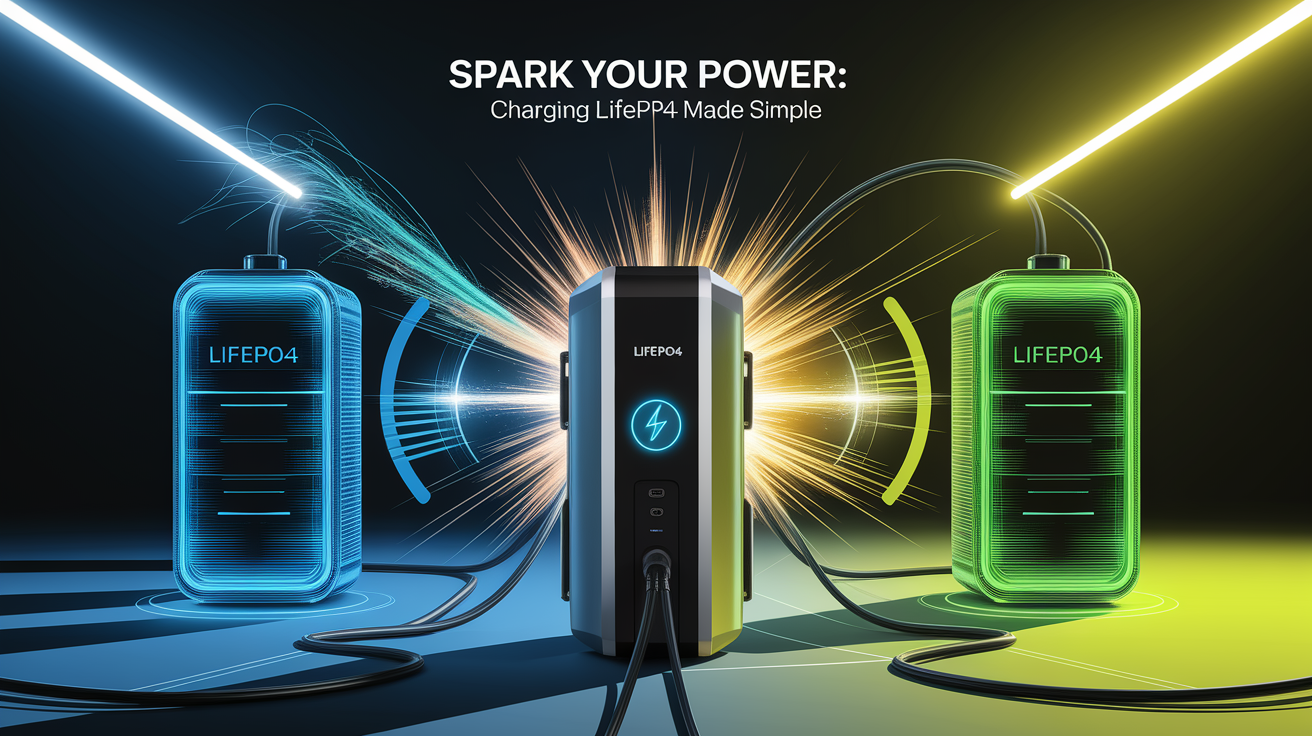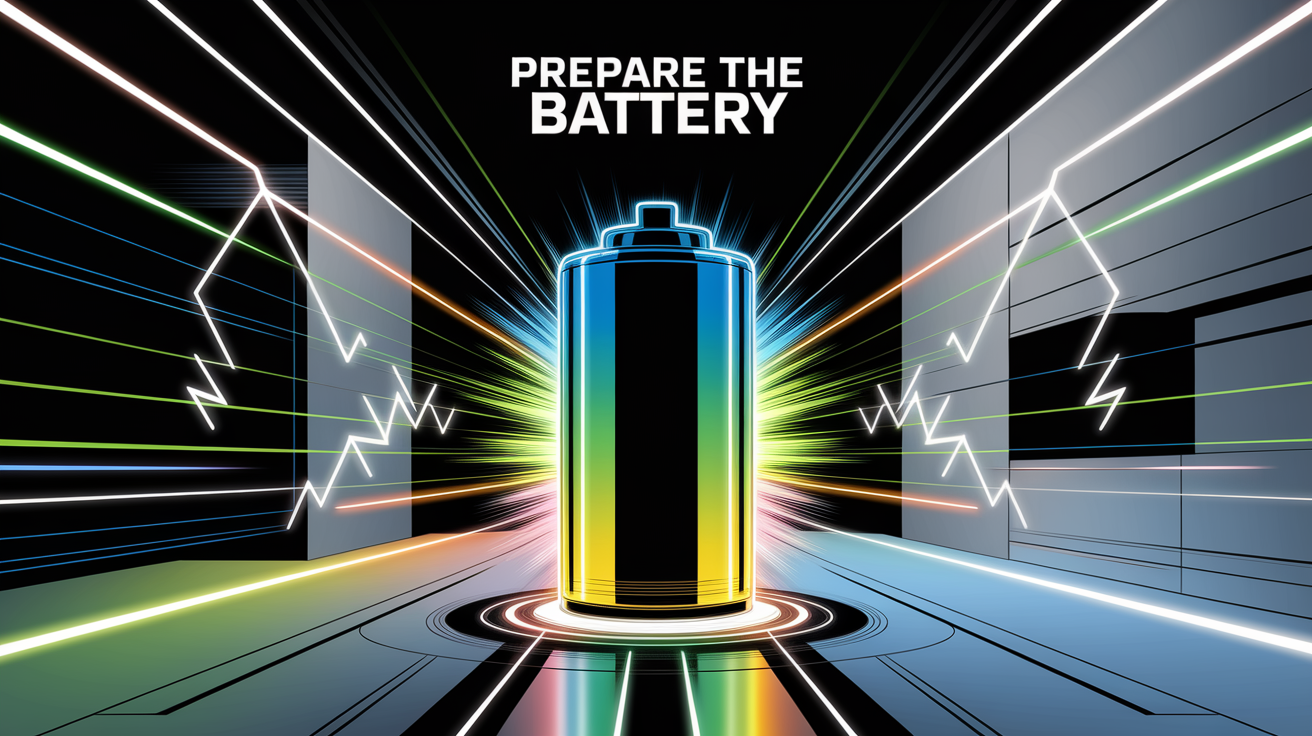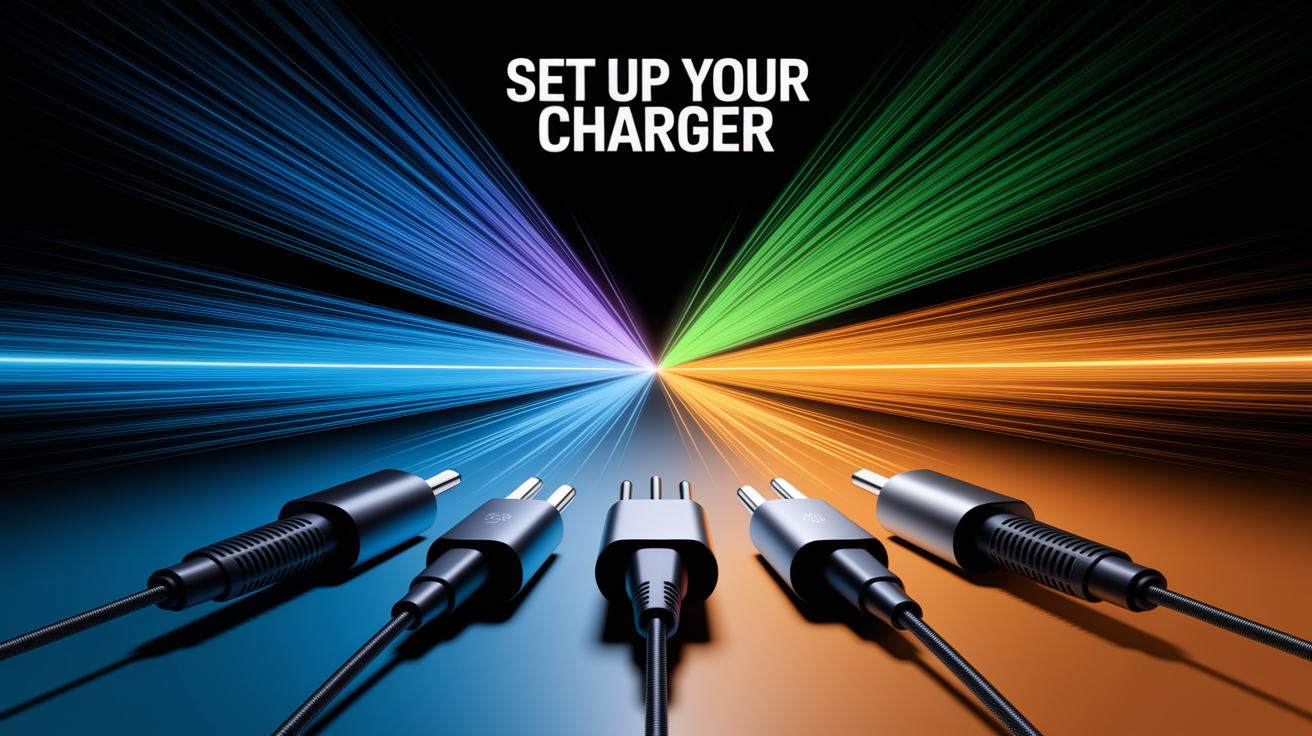Power Up Right: Charging Your LiFePO4 Battery Quickly and Safely
Charging your LiFePO4 battery correctly transforms it from a simple energy storage device into a reliable powerhouse that delivers consistent performance for years. Unlike traditional lead-acid batteries, Lithium Iron Phosphate technology demands precision in voltage, current, and timing to unlock its full potential. Master the proper charging technique, and you’ll maximize battery lifespan while ensuring safe, efficient power delivery for your RV, marine, or off-grid applications.
Spark Your Power: Charging LiFePO4 Made Simple
LiFePO4 batteries operate on a fundamentally different charging principle than conventional batteries. The CCCV method (Constant Current Constant Voltage) forms the foundation of proper LiFePO4 charging. This two-stage process begins with constant current delivery at approximately 0.3C (where C equals battery capacity), followed by constant voltage maintenance at 3.60 to 3.65 volts per cell.
The charging algorithm differs significantly from lead-acid profiles. While lead-acid batteries require float charging to maintain capacity, LiFePO4 batteries achieve full charge when current drops below 0.1C or 0.05C. This precision prevents overcharge damage and extends battery lifespan beyond 3,000 charging cycles.

Do LiFePO4 batteries need a special charger? Yes, dedicated LiFePO4 chargers optimize the CC/CV charging profile specifically for Lithium Iron Phosphate chemistry, ensuring safe voltage limits and proper charge termination.
Understanding State of Charge (SOC) indicators helps you monitor progress effectively. Most Battery Management Systems (BMS) provide real-time voltage readings, with full charge typically reached at 13.6V for 12V systems and 27.2V for 24V battery banks.
Gather Your Gear
Selecting the right charging equipment determines both safety and performance outcomes. Your charger must match your battery’s voltage configuration and support the appropriate charging current for optimal results.
Essential Charging Equipment:
- LiFePO4-compatible battery charger with CC/CV profile
- Voltage multimeter for monitoring charging progress
- Temperature sensor (for cold weather charging applications)
- Proper gauge wiring rated for charging current
- Safety equipment including gloves and eye protection
Charger selection depends on your specific application. Solar charge controllers work efficiently for off-grid power systems, while DC-to-DC chargers enable charging from vehicle alternators during travel. For stationary applications, dedicated LiFePO4 chargers provide precise control over charging parameters.

Can you charge a LiFePO4 battery with a car alternator? Yes, but you need a DC-to-DC charger designed for LiFePO4 batteries to regulate voltage and current properly. Direct alternator connection risks overcharging and BMS damage.
For larger installations, all-in-one hybrid inverter/chargers manage power from multiple sources while maintaining proper charging profiles for complex battery banks.
Prepare the Battery
Proper battery preparation ensures safe charging and optimal performance. Begin by inspecting your LiFePO4 battery for physical damage, checking terminal connections, and verifying BMS functionality.
Pre-Charging Checklist:
- Verify battery voltage using a multimeter
- Check terminal connections for corrosion or looseness
- Confirm BMS status lights indicate normal operation
- Measure ambient temperature (charging works best between 32°F and 113°F)
- Ensure adequate ventilation around the battery
Temperature considerations significantly impact charging efficiency. Cold weather charging below 32°F requires reduced current rates or battery warming systems. Most BMS units include temperature sensors that automatically adjust charging parameters to protect cell integrity.

Always check your battery’s datasheet for specific charging requirements, as LiFePO₄ battery specifications can vary based on internal BMS design and manufacturer recommendations.
Set Up Your Charger
Configuring your charger correctly prevents damage and ensures efficient energy transfer. Most modern LiFePO4 chargers feature preset profiles, but understanding the settings helps you optimize performance for your specific battery.
Critical Charger Settings:
- Bulk Charge Voltage: 14.2V to 14.6V for 12V batteries
- Absorption Voltage: 14.4V to 14.6V (varies by manufacturer)
- Charging Current: 0.5C maximum (50A for 100Ah battery)
- Temperature Compensation: Disabled for LiFePO4
- Float Charging: Disabled or set to absorption voltage
What voltage should you charge a 12V LiFePO4 battery to? The optimal charging voltage ranges from 14.2V to 14.6V, with most manufacturers recommending 14.4V for balanced performance and longevity.

The charging stages follow a specific sequence: bulk charge delivers constant current until voltage reaches the absorption setpoint, then constant voltage maintains that level while current tapers naturally.
Avoid chargers with desulfation or repair modes, as high pulse surge currents can damage the BMS and individual cells. Select chargers specifically designed for lithium chemistry to ensure compatibility.
Start Charging Safely
Initiating the charging process requires attention to safety protocols and monitoring procedures. Connect your charger following proper polarity, then activate the charging sequence while observing initial system response.
Safe Charging Procedure:
- Connect charger cables to battery terminals (positive to positive, negative to negative)
- Verify secure connections and proper cable routing
- Power on the charger and select LiFePO4 profile
- Monitor initial current draw and voltage response
- Check for any error codes or BMS warnings
During the bulk charge phase, expect steady current flow at your programmed rate. Voltage climbs gradually from the battery’s resting voltage toward the absorption setpoint. This phase typically completes 80-90% of the charging cycle.
Can you overcharge a LiFePO4 battery? Modern BMS systems prevent overcharging by disconnecting the charging circuit when cells reach maximum voltage. However, using improper chargers or bypassing BMS protection can cause permanent damage.
How long does it take to charge a LiFePO4 battery? Charging time depends on capacity and current rate. A 100Ah battery charged at 50A (0.5C) typically reaches full capacity in 2-3 hours, significantly faster than equivalent lead-acid batteries.
Monitor charging temperature throughout the process. LiFePO4 batteries generate minimal heat during normal charging, but excessive temperature indicates potential problems requiring immediate attention.
Post-Charge Steps
Completing the charging cycle properly ensures maximum battery performance and longevity. The absorption phase requires patience as current gradually decreases while voltage remains constant.
How do you know when a LiFePO4 battery is fully charged? Charging completion occurs when current drops below 5-10% of battery capacity (5-10A for a 100Ah battery) while maintaining absorption voltage. Most chargers automatically terminate at this point.
Charge Completion Indicators:
- Current draw drops below 0.05C to 0.1C
- Voltage stabilizes at absorption setpoint
- Charger indicates “charged” or “complete” status
- BMS shows balanced cell voltages
Battery balancing occurs naturally during the absorption phase as the BMS equalizes individual cell voltages. This process ensures uniform capacity distribution and prevents premature aging of weaker cells.
Is it OK to leave a LiFePO4 battery on the charger? Unlike lead-acid batteries, LiFePO4 batteries don’t require float charging. Most quality chargers automatically switch to maintenance mode or shut off completely when charging finishes, making extended connection safe.
Document charging performance including time to completion, final voltage, and any anomalies observed. This data helps identify potential issues before they impact battery performance.
Charge Complete: Powering Ahead
Mastering LiFePO4 charging techniques unlocks the full potential of this advanced battery technology. The precision required for optimal charging translates directly into extended battery lifespan, consistent performance, and reliable power delivery across thousands of charging cycles.
Key success factors include using compatible charging equipment, maintaining proper voltage and current parameters, and respecting temperature limitations. These practices ensure your investment in LiFePO4 technology delivers maximum value through years of dependable service.
Whether powering RV adventures, marine expeditions, or off-grid installations, properly charged LiFePO4 batteries provide the energy independence and reliability that modern applications demand. The charging knowledge you’ve gained positions you to harness this technology’s full potential while maintaining the safety standards essential for long-term success.







